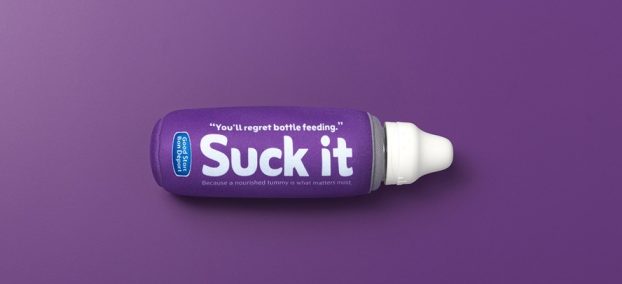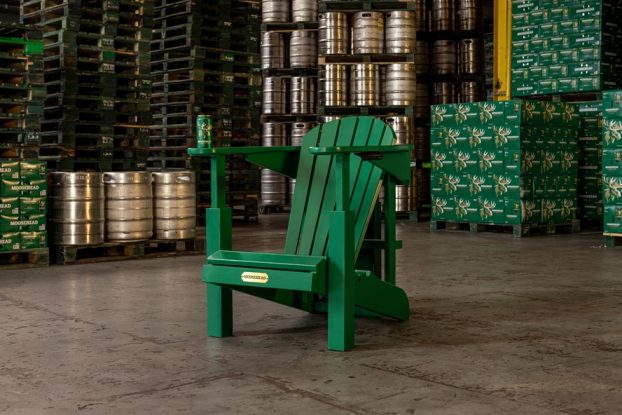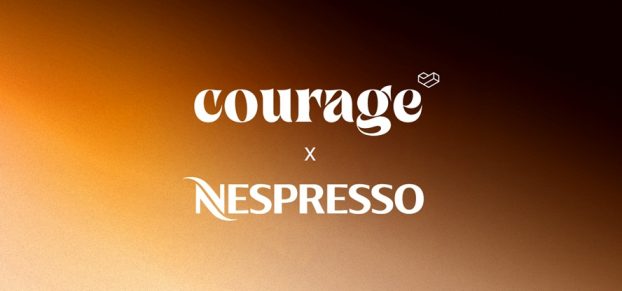What’s in your wallet? The question surprised almost everyone interviewed for this story. Direct marketers are generally enthusiastic loyalty card collectors, but they don’t usually get too personal about their preferences. They’ll tell you that their collection is all in the name of research, of course – the best way to keep abreast of what’s new in database marketing is to join a number of different programs – but one suspects that they might be just as enamored by the idea of rewards as the rest of the Canadian population.
According to research by Ryerson University, provided by loyalty syndicate start-up Acarta (see sidebar), the average Canadian carries more than five loyalty cards. Meanwhile, loyalty junkies carry eight or more.
No one disputes that rewarding loyal shoppers is an effective way of building and maintaining business. Any shopkeeper could tell you that much. But the formalization of such rewards is challenging, to say the least. There are so many programs – and styles of programs – battling for consumer attention that it’s unsurprising when the issue of loyalty fatigue comes up.
Steve Boase, retail consultant for J.C. Williams Group in Toronto, can’t complain. He carries a money clip, which reduces his ability to cart around a huge number of cards.
‘I have Air Miles and HMV [cards], and [I] use them both very infrequently,’ he says. In fact, he considers the latter program – a simple ‘buy 10 CDs and get one free’ promotion – a disaster. ‘They haven’t collected any consumer information,’ he says. ‘They’re just giving away product without encouraging direct marketing usage and without tailoring the marketing message.’
He also says that the risk of fraud is too high. ‘Eventually, they’ll have to make a change,’ he says.
Of course, anyone who’s walked out of an HMV with a free CD in hand would rave about the program. And there’s the rub. Consumer needs must be balanced with the needs of the marketer.
The best programs, from a consumer point of view, manage to tap into the need for added value while keeping everything uncomplicated, says Boase. Because there are so many programs vying for the consumer’s attention – witness the recent marketing efforts by HBC for its newly independent rewards program and by Shoppers Drug Mart for its new Optimum card, among just two examples – marketers are under pressure to keep programs simple while offering tangible rewards. Canadian Tire’s self-named money is probably the best example of simplicity, although it’s in the HMV school of unsound customer relationship marketing. Funny money doesn’t build a database.
But one wonders, in this crowded and confusing climate where 2,000 HBC Reward points can be traded in for one Air Miles point – which is probably about equal to a free coffee – what works? We talked to some insiders to get their thoughts on the state of the industry today – and what they expect for tomorrow. Check your wallets – this industry moves fast.
Juhani Eistrat,
President, Vickers & Benson Direct & Interactive, Toronto
(VBDI works with Bank of Montreal, a large Air Miles partner.)
Wallet contents
Air Miles, Nike, Zellers, some gas cards like Petro-Points, Aeroplan Elite, Starwoods Preferred Guest, American Airlines Advantage. I tend not to bother with the coffee cards because it’s just an extra thing in my wallet. I’d rather pay for the bloody cup of coffee. And CIBC Aerogold but it’s my wife’s card.
On what works
CIBC Aerogold is undoubtedly one of the most successful programs – just look at the marketshare the card has. One reason the card has done so well is that the reward is obvious and attractive to its members. A cardholder doesn’t have to do anything but fly to Florida for free every once in a while. In terms of promotion, top marks go to Air Miles. You see it in so many places.
On loyalty programs that offer no tracking capability (read: HMV)
The reason that people go for programs like that is the cost of the back-end infrastructure and the investment required to build up a detailed tracking system. It’s a leap of faith that you’re generating incremental loyalty because you’re not able to track it other than from the perspective of overall store sales.
On branding
Loyalty programs need to reinforce the brand position. If it’s not reinforcing the brand, it gets into weird territory because you’re getting a disconnect between all the other messages that are going out and what this card stands for.
On the future
You could arguably say that [Aerogold] can become a competitor to Air Miles. It’s very, very strong. It will a battle of demographics, in a sense. It might get hugely interesting.
Marie-Josee Vinet, VP, managing director, FCB Direct, Toronto
(FCB Direct works with Aeroplan and CIBC co-branded Visa cards.)
Wallet contents
I have most of them. Aerogold, Air Miles, HBC, Shoppers Drug Mart’s Optimum. I like to stay abreast of all the changes and track the way they communicate with their customers.
On who’s making the most noise
Loyalty programs go into announcement peaks and maintenance mode. HBC and Optimum are in their peaks right now to gain some equity. Both were very well implemented in-store.
On data
Using data to understand consumers is the cost of entry to a loyalty program. If you just accumulate data and you’re not able to use it, you’re not going to be able to continue to maintain interest.
On what people want
We’ve done research on consumer needs for loyalty programs. The core needs are no cost to entry, tangible and attainable rewards and speed of accumulation. A lot of retail, stand-alone cards offer that. The reward is very relevant. A lot of multiple accumulation programs, like Aerogold and Air Miles, require more active involvement. You want relevance because there are so many programs. You can’t be everything to everyone.
Cathy Tennant, senior marketing manager, loyalty marketing, Hudson’s Bay Company (HBC), Toronto
(In May, HBC introduced HBC Rewards, a program that taps into the strength of Club Z, which counts 6.5 million members in Canada. No longer a member of the Air Miles syndicate, HBC is now in the driver’s seat. HBC offers members the opportunity to trade in HBC rewards not only for Zellers and HBC merchandise and gift certificates but also for Air Miles reward points. It also appears to be slowly building up third-party partnerships, recently announcing that members could collect reward points at Esso gas bars.)
Wallet contents
I carry a lot right now. Air Miles, HBC, L’eggs Beautiful, Esso Extra Points, CIBC Aerogold, which I’ll have to replace with our own card (HBC is launching a CIBC VISA card in September).
On HBC’s relationship with Air Miles
Air Miles was a core element of the Bay campaign through those years. But we wanted to have our own enterprise-wide view of the customer. We can see and recognize shopping behavior and tailor programs, products and information – the way in which it’s delivered and the frequency – to our customers’ needs and preferences.
On future expansion
Our customers want to earn more points and get more rewards. One way to do that is by including third-party partners. Imperial Oil is currently the only one. We’re also relaunching the VISA card in September (CIBC currently offers a Club Z Visa).
On a possible battle of the syndicates
I can’t speak to that marketplace at this point. [Tennant is new to her position.] Our interest is in serving our customers and influencing and rewarding their loyalty to us.























